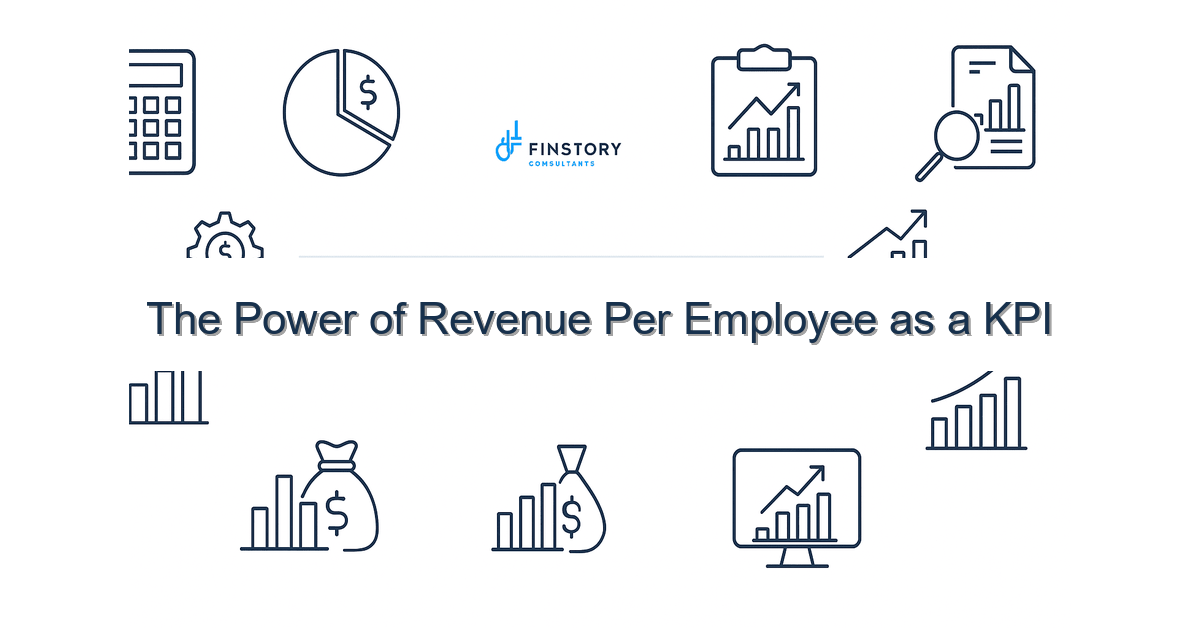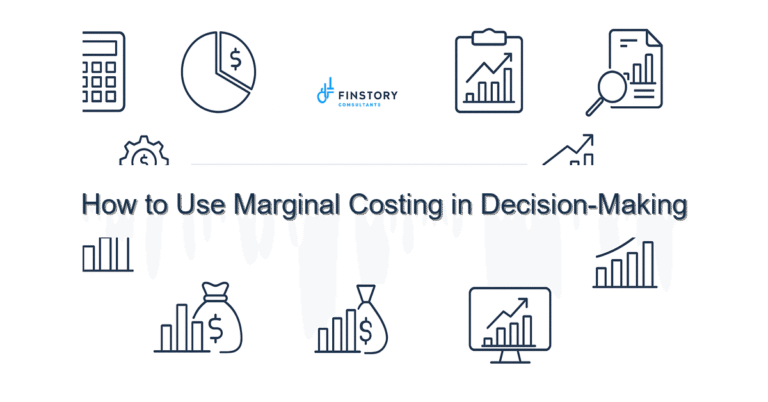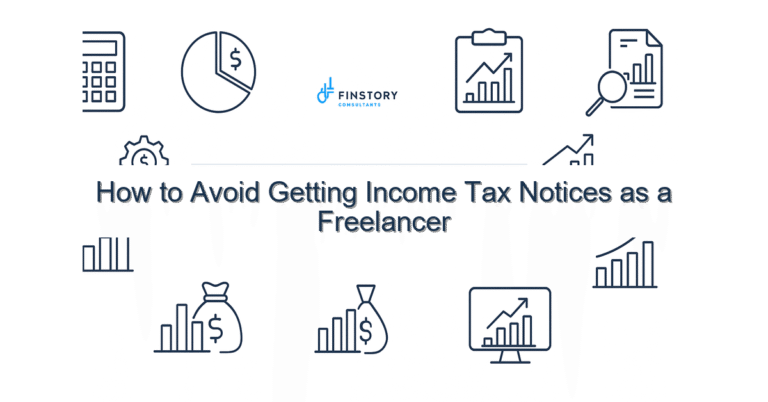The Power of Revenue Per Employee as a KPI
You care about patient outcomes, staff burnout, and shrinking margins—and you don’t have time for vanity metrics that don’t move the needle. Revenue per employee is a simple, revealing KPI that ties the people strategy to financial health.
Summary: Revenue per employee gives you a single, actionable lens to identify inefficiencies, justify targeted investments (automation, scheduling, coding), and measure the return on staffing and operational changes—so you can improve margin without sacrificing care.
What’s the real problem?
Many health systems and provider groups juggle rising labor costs, complex reimbursement, and fragmented operations. Leaders lack a straightforward way to connect those pressures to daily choices about staffing, tech, and workflows.
- Symptoms: Budget line items move, but outcomes don’t—higher spend with flat or declining revenue.
- Symptoms: Departmental headcount rises and productivity feels subjective rather than measurable.
- Symptoms: Long billing cycles, missed charges, or inefficient scheduling eat margin silently.
- Symptoms: Finance and operations argue about priorities because they don’t share a common performance metric.
What leaders get wrong
Respectfully: too many teams treat revenue per employee as a blunt instrument or ignore it entirely. Common mistakes include:
- Comparing across wildly different functions without normalization (administrative staff vs. clinicians).
- Using it as a punitive headcount control rather than a diagnostic tool for workflow and tech investment.
- Overrelying on static snapshots instead of trend analysis tied to actions (hiring, automation, charge capture).
- Failing to pair it with quality and access metrics, creating perverse incentives.
A better approach
Think of revenue per employee as a directional compass, not a hammer. Here’s a short framework to make it practical.
- 1. Define and normalize: Separate revenue-generating roles from support roles. Use full-time equivalents (FTEs) and consistent revenue windows.
- 2. Integrate data: Combine payroll, billing, and productivity systems so the KPI reflects real activity (e.g., charges posted, visits, procedures).
- 3. Segment and benchmark: Look by service line, facility, and role. Benchmarks should be internal trends first; external peers second.
- 4. Diagnose drivers: When RPE moves, trace whether it’s volume, coding accuracy, payer mix, or staffing ratios.
- 5. Act and measure: Implement targeted fixes (automation, schedule optimization, coding training) and measure the RPE delta over 3–6 months.
Real-world story: A regional outpatient network tracked a flat revenue per employee despite adding two new clinics. They normalized by service line and discovered poor charge capture at the clinics. After a focused coding audit and a small automation tool for charge reconciliation, revenue per clinical FTE rose 18% within four months—without adding staff.
Quick implementation checklist
- Pull a 12-month revenue and FTE dataset for your organization and major service lines.
- Standardize employee counts using FTEs; exclude contractors or show them separately.
- Segment revenue into earned (charges posted) vs. adjustments to isolate true productivity.
- Calculate RPE monthly and plot a 3-month moving average for trend clarity.
- Run variance analysis: identify top 3 departments with the largest RPE declines or gains.
- Check charge lag and denials for those departments—these often explain RPE drops.
- Design one pilot intervention (scheduling change, automation, coding training) and set a measurable target.
- Report RPE alongside quality and access metrics in your next leadership deck.
What success looks like
- Improved accuracy: Reduce charge lag and post-period adjustments by 30–50% within six months.
- Faster cycles: Billing cycle time drops from 45 to under 30 days.
- Productivity gain: Revenue per FTE increases 10–20% in the first year after targeted interventions.
- ROI: Every dollar spent on automation or training yields 2x–5x in recovered revenue within 12 months.
- Better alignment: Finance and operations reporting cadence shortens—monthly insights replace quarterly surprises.
Risks & how to manage them
- Risk: Misaligned incentives—teams chase RPE at the expense of quality.
- Mitigation: Always pair RPE with quality and access KPIs (readmission, patient satisfaction, wait times).
- Risk: Bad data—incorrect FTE counts or revenue attribution skews the metric.
- Mitigation: Reconcile payroll, HRIS, and billing monthly; automate data pulls where possible.
- Risk: Over-simplification—one size does not fit all service lines.
- Mitigation: Segment RPE by role and service line; use normalized benchmarks before actioning changes.
Tools & data
To get this right you need connected systems and clear dashboards. Practical tools and patterns include:
- Finance automation for recurring reconciliations and FTE calculations to reduce manual error.
- Power BI or similar reporting tools to build interactive dashboards for leadership reporting and drill-down analysis.
- Integration between billing, EHR, HRIS, and payroll so revenue, activity, and staffing data reconcile daily or weekly.
- Automated alerts for charge lag, denial spikes, or sudden RPE changes so you act quickly.
Next steps
If you want to test RPE in a focused way, start with one service line and a 90-day pilot: collect data, normalize FTEs, implement one diagnostic change, and measure. If you want support making it repeatable across your system, contact Finstory for a tailored plan, dashboard build, and training.
Work with Finstory. If you want this done right—tailored to your operations—we’ll map the process, stand up the dashboards, and train your team. Let’s talk about your goals.
📞 Ready to take the next step?
Book a 20-min call with our experts and see how we can help your team move faster.
Prefer email or phone? Write to info@finstory.net
or call +91 44-45811170.






